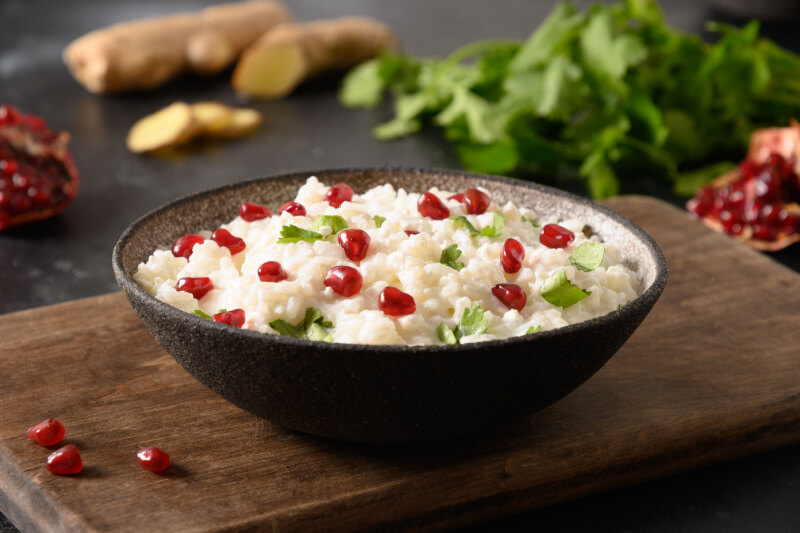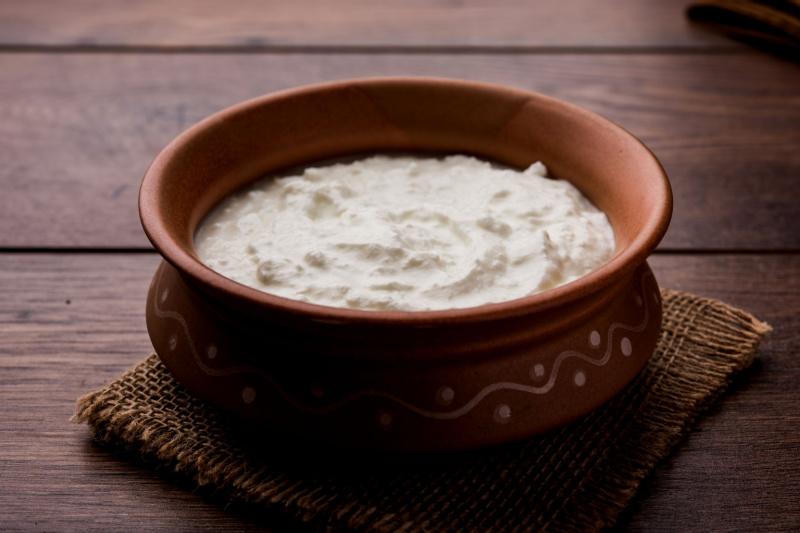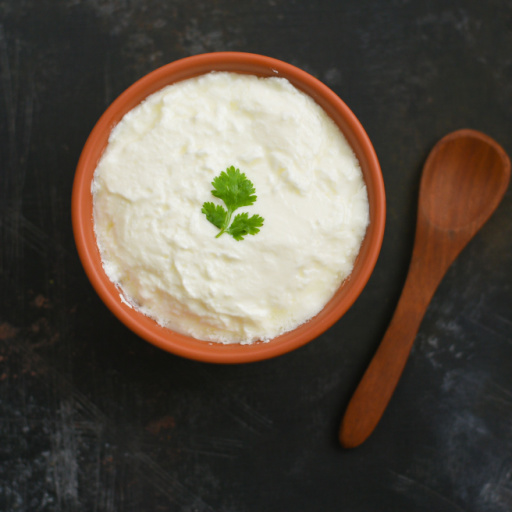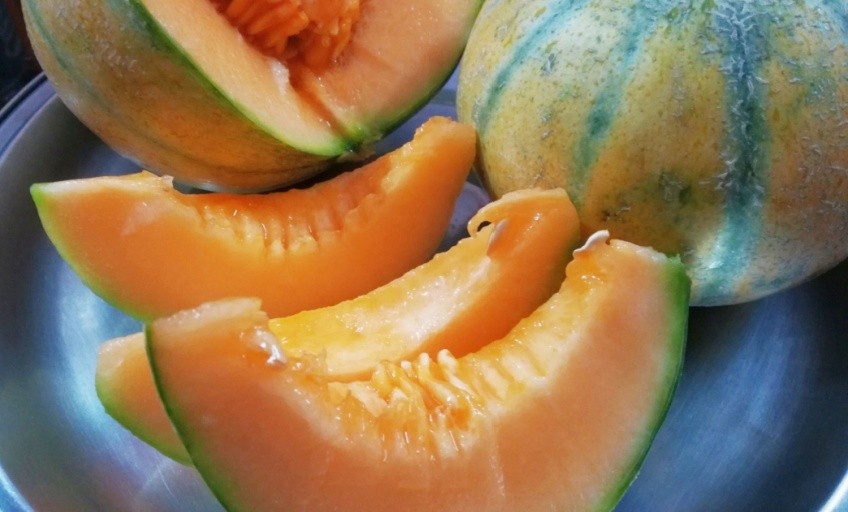What you need to know:
- What is curd?
- What is the usage of curd?
- What is the ideal time to eat curd?
- What are the benefits of curd?
- Difference between curd and yogurt
Curd or dahi is a staple food in the Indian kitchen pantry. It is a naturally fermented food and one of the simplest dishes, no matter what you pair it with. However, its uses extend way beyond everyday recipes. Curd plays a vital role in tackling heat and keeping the body cool, especially during summer.
What is the usage of curd?

Curd is widely used in various recipes, including dahi vada, kadhi, lassi, buttermilk, curd rice, and papdi chaat. It is also used as a marinade base to make tikka recipes. Curd is also made into raitas for many paratha varieties.
What is the ideal time to eat curd?
The best time to eat curd is as a post-meal food or a part of the meals, which can boost their immunity and digestive health.
What are the benefits of curd?

Curd is a powerhouse of calcium, potassium, magnesium, and vitamins A, D, and B12. Curd benefits us in many ways. Take a look:
- The probiotics in curd contain good bacteria, which promote your gut health and take care of your digestive system. It is a go-to food, especially when you have an upset stomach. Curd can also reduce stomach aches in people with irritable bowel syndrome.
- Curd boosts immunity and overall health by fighting against day-to-day airborne diseases.
- Since curd is rich in calcium and potassium, it helps in the development of strong bones and teeth.
- Curd prevents the accumulation of cortisol, or the stress hormone, in your body. Excess cortisol can lead to high blood pressure, hypertension, and obesity.
- Curd is rich in proteins and calcium, keeping you satiated for a long time. Therefore, it helps you maintain a healthy body mass index (BMI), improves metabolism, reduces belly fat, and helps to avoid binge eating.
- Curd is also known to increase good cholesterol or high-density lipoprotein (HDL), thereby reducing the risk of heart disease.
- The magnesium content in curd helps control high blood pressure. It restores the vagina’s yeast balance due to the lactobacillus bacteria in the curd.
- In women, the benefits of eating curd may prevent vaginal infections. A balanced pH level reduces irritability and vaginal burning.
- Curd serves as great food for a post-workout diet and imparts a cooling feeling during summer.
- Curd benefits for the skin are many. The curdling process of curd makes use of edible acidic substances, like vinegar or lemon juice. These acidic compounds contain antibacterial and antifungal properties that can help fight various skin problems. You can mix curd with lime juice and apply it on your face for 10 minutes for hydrated skin. Curd can also gently exfoliate the skin, thereby acting as a natural remedy to treat dark spots. The presence of lactic acid in the curd sheds dead skin cells and aids in the formation of new, healthy skin cells. You can also add honey and cucumber to the curd mixture.
However, there are a few bad effects of curd as well:
- To answer the question – can we eat curd at night – it is advisable to opt for buttermilk over curd as the latter may lead to mucus development and can cause cough or cold.
- If people with a weak digestive system consume curd at night, it might cause acidity.
- Milk contains lactose, which is sweet. But when it is converted into curd, the lactobacillus bacteria converts the lactose into lactic acid, which is sour in taste. Therefore, people with arthritis or joint pain should avoid daily consumption of curd as it may increase their pain.
Difference between curd and yogurt
Curd is a product of lactic milk fermentation. It is obtained by coagulating milk in a sequential process called curdling. Mix a yogurt starter with warm milk and allow it to ferment for hours. Boiling the milk prevents it from spoiling during the fermentation process. Keep in mind that if the milk is too hot, it can coagulate and become grainy, and if it is cold, the curd won’t set at all. The consistency of the flowing milk will gradually transform into a thick pudding-like texture. The final product of this bacterial fermentation gives curd a tangy taste.
Yogurt is made by commercial fermentation of milk by ingesting a particular bacteria strain. The only difference in the health benefits of these two dairy products is that greek yogurt contains twice the amount of protein than curd. Therefore, people who are into weight management opt for plain greek yogurt to fulfill their protein requirements.
Include this superfood in your diet today. Stay active in the Activ Living Community to find more details on lifestyle and fitness.





 1800-270-7000
1800-270-7000








